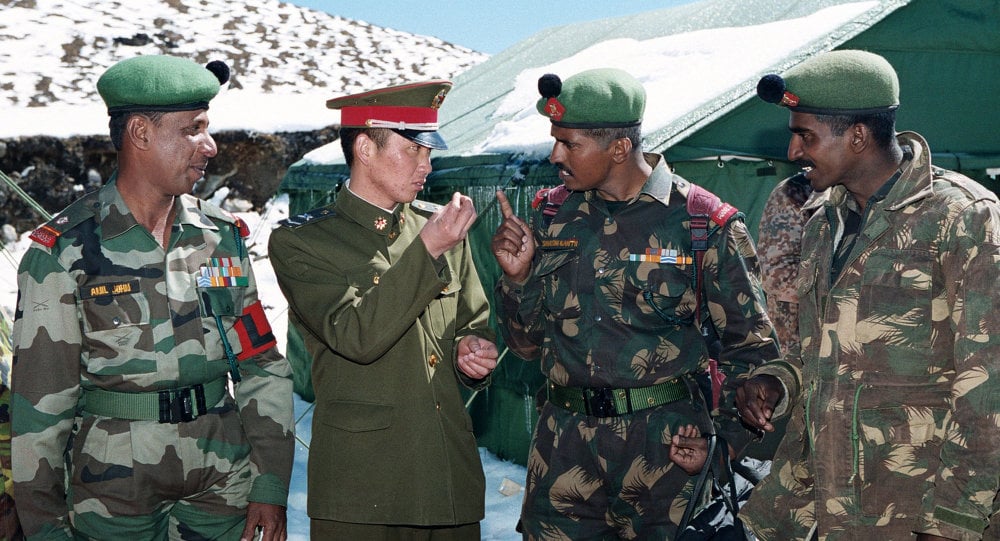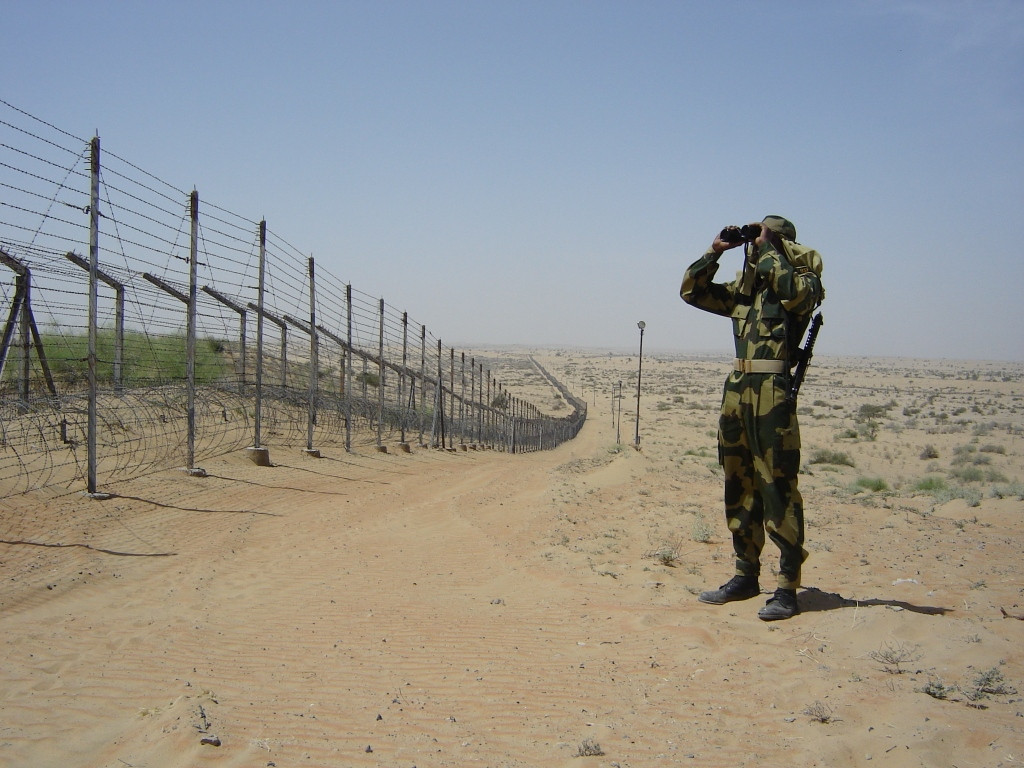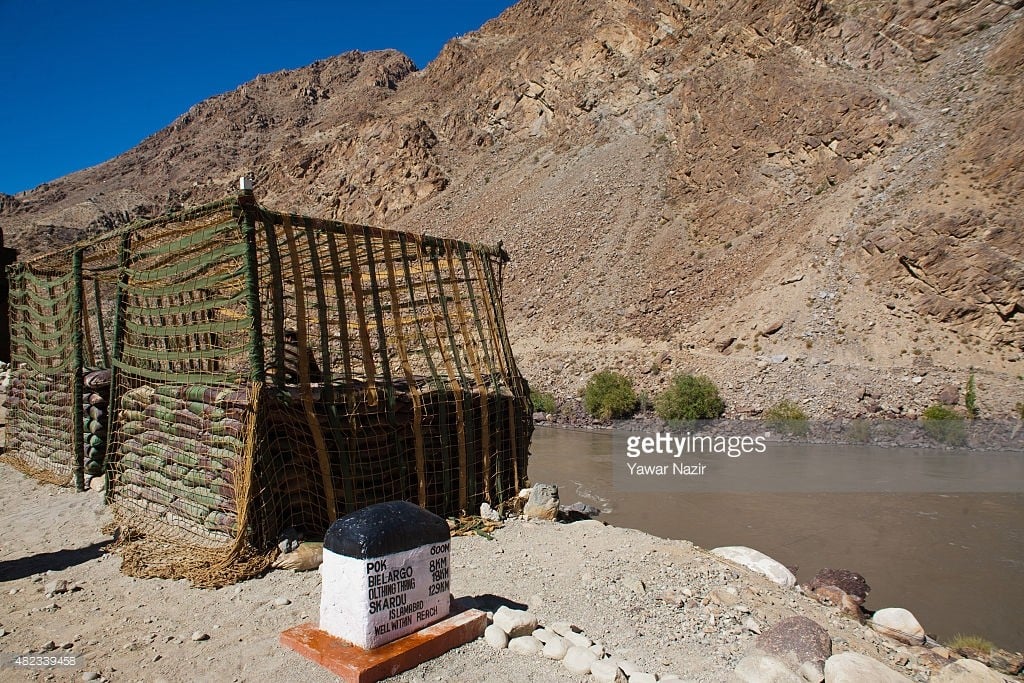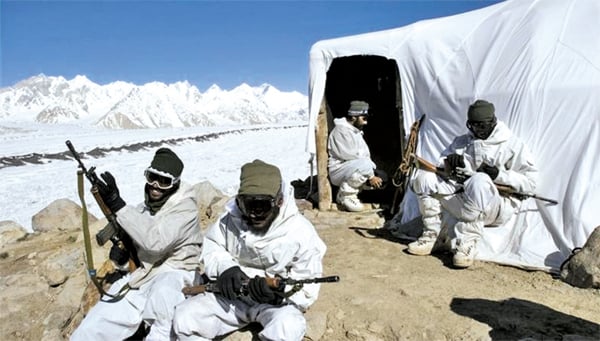Hello Warriors. Our soldiers are the prime guardians of our nation and are respected for their bravery, discipline, and unconditional patriotic values. Be it taking over Siachen, the world’s highest battlefield or to execute the world’s biggest helicopter rescue mission during Operation Rahat, the Indian Armed Forces have always been there in the time of need, all beyond their selfless call of duty.
That said, the Indian army protects the entire length and breadth of the country including places which face extreme weather conditions. While some are located in exciting places, others are not so great. A number of Indian Army bases have been deemed awful for reasons ranging from active insurgency, to insufferable weather, to a lack of activities.
Here we bring you 4 such toughest and challenging bases of the Indian army that will send a chill through your spine and make you admire them even more:
- Indo-Chinese Border (Sikkim and Arunachal Pradesh):
Sovereignty over two large and various smaller separated pieces of territory have been contested between China and India. The westernmost, Aksai Chin, is claimed by India as part of the state of Jammu and Kashmir and region of Ladakh but is controlled and administered as part of the Chinese autonomous region of Xinjiang. The other large disputed territory, the easternmost, lies south of the McMahon Line. It was formerly referred to as the North East Frontier Agency, and is now called Arunachal Pradesh.

The 1962 Sino-Indian War was fought in both of these areas. In 2006, the Chinese ambassador to India claimed that all of Arunachal Pradesh is Chinese territory amidst a military build-up. At the time, both countries claimed incursions as much as a kilometre at the northern tip of Sikkim. In 2009, India announced it would deploy additional military forces along the border and since then the army patrols strategically important areas like the Nathu La Pass with pockets of the region witnessing rapid transitions in a single day. The foot soldiers have to be prepared for everything from bright sunshine in the morning to rain or snow showers in the evening in these areas.
- Indo-Pak Border (Rajasthan):
India had fought most of its wars with Pakistan post-independence. The famous one was the Battle of Asal Uttar in which CQMH Abdul Hamid did the supreme sacrifice for the country in the world’s largest tank battle after WW2. Since then, this strategic post has been under frequent monitor by the army and the BSF. The Indian Armed Forces guard this border amidst extremely hot weather conditions, sometimes, shooting up to 50°C in some regions while dust storms, sand storms, and the blistering heat combine to make the desert region an unfit place for habitation altogether. A place 14 km away from the border, Tanot, has a nice temple managed by the BSF but no one is allowed to visit even this place.

- Dras (Kargil, J&K):
If you remembered your geography classes in 8th or 9th standard, you can recall that Dras is the coldest place in India with temperatures going as low as -60oC in winters. This place observes a sub-arctic climate and is known as the second coldest inhabited place in the world! In places like Dras, there is always a chance of getting affected by Hypothermia and freezing to death, literally. But, our brave soldiers have beaten the odds and after the Kargil war of 1999, have set up a camp in the area. The temperatures in the region remain in single digits throughout the year, barring a couple of months. It is very hard for a common man to survive a day in the camp, let alone weeks and months as passed by the brave-hearts.

- Siachen Glacier:
Siachen Base Camp is north from the town of Leh in Jammu and Kashmir. The Base Camp of Indian Army in the Siachen Glacier region is within Indian Territory but is claimed by Pakistan as theirs. The temperature goes down to -50oC during winters. The Indian Army man the Glacier operations from the Base Camp. The average winter snowfall in the region exceeds 1000 cm. Soldiers even die from harsh weather conditions in the region. The conditions are so tough that prior to their deployment in the Siachen region, soldiers have to undergo a training camp which helps them acclimatize to the conditions in the region.

Speaking numbers, more deaths in Siachen have been recorded due to the weather conditions than due to the actual purpose.
No comments:
Post a Comment